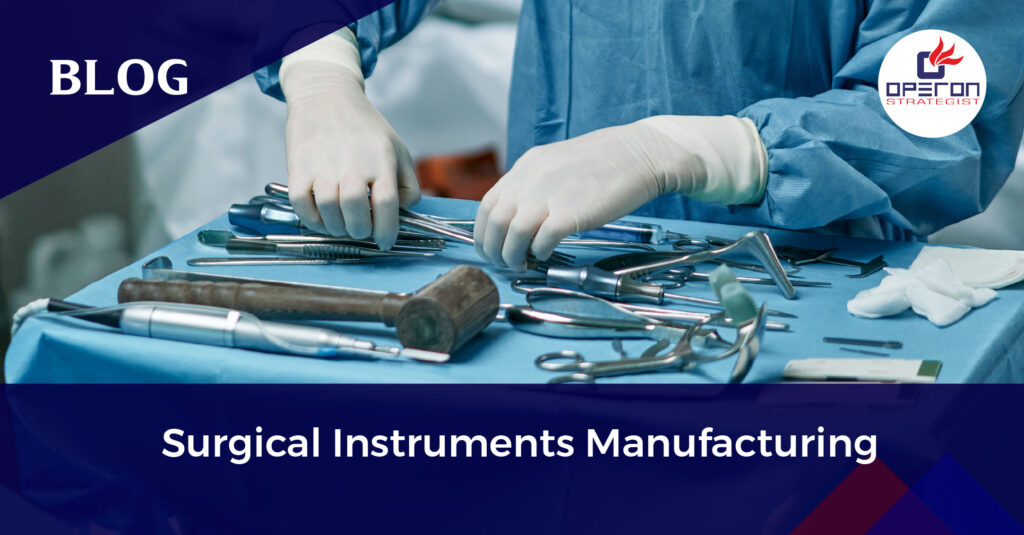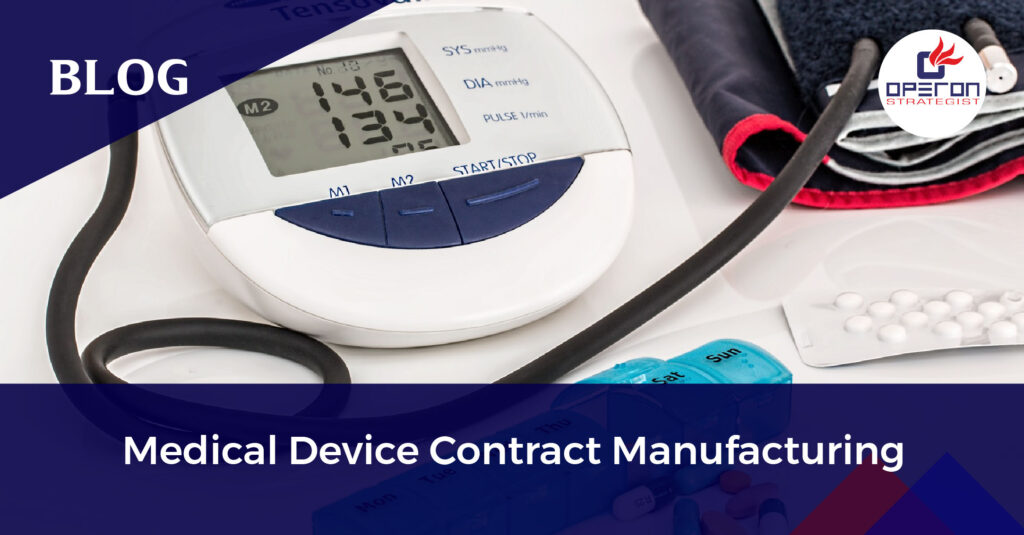Overview of Surgical Instruments Manufacturing
Surgical instruments manufacturing is a specialized field requiring precision, quality, and regulatory compliance. Most instruments are made through one-piece forging from high-quality metals like stainless steel, titanium, tantalum, platinum, and palladium. These tools assist healthcare professionals during surgeries and clinical procedures.
Choosing the right material is critical: the wrong metal can compromise durability, precision, and patient safety. Compliance with FDA 21 CFR Part 820 and other cGMP regulations ensures that surgical instruments meet quality standards in the U.S. market.
Looking for Medical Device Regulatory Consultant?
Let’s have word about your project
Common Metals Used in Surgical Instruments
- Stainless Steel: Affordable, durable, and widely used for general instruments.
- Titanium: Lightweight, strong, and ideal for orthopedic implants as it fuses with bone.
- Tantalum: Highly biocompatible, suitable for precision instruments.
- Platinum & Palladium: Rarely used due to cost, ideal for micro-precision tools.
These metals must balance malleability for shaping and rigidity to maintain shape post-manufacture. Most surgical instruments are made from metal alloys to achieve this balance.
Types of Surgical Instruments
Surgical instruments are classified based on function:
- Cutting Instruments: Scalpels, surgical blades, scissors, knives
- Grasping or Holding Instruments: Hemostatic forceps, tissue forceps
- Retractors: Gelpi, Weitlaner, US Army-style instruments for holding tissue or organs
- Powered Instruments: Air or electric-powered drills, dermatomes
- Scopes & Probes: Fiber-optic endoscopes, tactile probes
- Specialty Instruments: Ophthalmic tools like corneal section scissors, Pierre micro scissors
Other categories include clamps, occluders, dilators, speculae, suction tips, irrigation needles, carriers, measurement devices, and stereotactic tools.
For manufacturers, consulting with an experienced medical device regulatory consultant ensures compliance with ISO standards and FDA regulations.
Surgical Instrument Manufacturing Process
The manufacturing process requires expertise in metal forging, shaping, polishing, and finishing, while maintaining regulatory compliance. Key steps include:
- Material Selection: Choosing metals with ideal hardness, corrosion resistance, and biocompatibility.
- Forging & Machining: Shaping instruments using precision techniques like CNC machining and forging.
- Polishing & Finishing: Ensuring smooth, burr-free surfaces to prevent tissue damage.
- Sterilization & Quality Control: Following ISO 13485 and FDA standards for sterilization and batch testing.
- Packaging & Labeling: Using proper sterilized packaging with regulatory-compliant labeling for distribution.
Transform your surgical instruments manufacturing—ensure compliance, optimize production, and achieve precision excellence.
Why Choose Operon Strategist?
Operon Strategist is a trusted partner for surgical instruments manufacturing:
- Regulatory compliance guidance (FDA, ISO 13485, ISO 9001, MDSAP)
- Turnkey project support and plant layout design
- Process optimization for high-quality, precision instruments
- Risk management and QMS documentation support
Get your free PDF on Surgical Bandage Manufacturing now!
FAQs
What materials are used in surgical bandage manufacturing?
Surgical bandages are typically made from cotton, gauze, non-woven fabrics, or synthetic blends, chosen for absorbency, softness, and biocompatibility.
What are the key steps in the surgical bandage manufacturing process?
The main steps include material selection, weaving or knitting, sterilization, cutting, packaging, and quality control to ensure safety and compliance.
Are regulatory compliances required for manufacturing surgical bandages?
Yes, manufacturers must follow ISO 13485 standards, FDA or country-specific regulations, and implement quality management systems to ensure safe and market-ready products.
- Operon Strategisthttps://operonstrategist.com/author/operon-strategist/
- Operon Strategisthttps://operonstrategist.com/author/operon-strategist/
- Operon Strategisthttps://operonstrategist.com/author/operon-strategist/
- Operon Strategisthttps://operonstrategist.com/author/operon-strategist/




